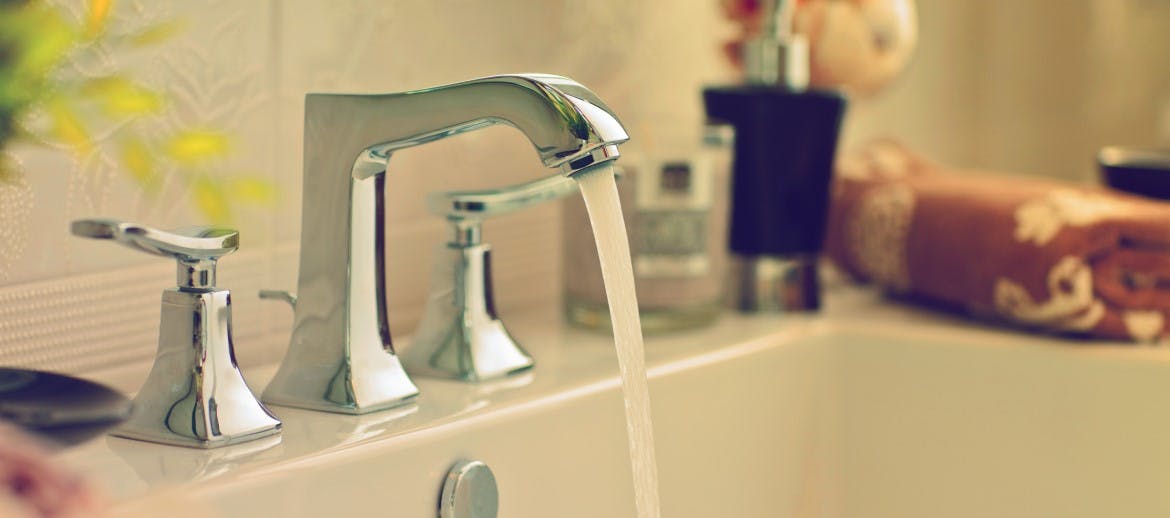How to Clean Retainers
We all know it is important to regularly brush our teeth to help keep them healthy and clean. However, did you know that plaque and tartar can also accumulate on your removable dental appliance? That is why it is so important to follow the directions that your dental professional gave on how to correctly clean your retainer, aligner or mouth guard in the right way, every day.
WHAT SHOULD I LOOK OUT FOR?
If you notice any of the following signs, plaque or tartar could be building up. Studies show wearing a removable dental appliance can lead to an increase of plaque or odor-causing bacteria in your mouth. Poor appliance hygiene can lead to bad breath, stains and plaque accumulation. However, by keeping your removable dental appliance clean, you can keep potential problems such as bad odors at bay. Learn more about the importance of keeping retainers, aligners and mouth guards clean.
SIGNS YOUR REMOVABLE APPLIANCE ISN’T CLEAN
- Does it smell or taste bad?
- Is it covered in a cloudy, white film?
- Can you see white spots?
WHAT IS THE BEST WAY TO CLEAN MY RETAINER, ALIGNER OR NIGHT GUARD?
There is so much information on different types of cleaning methods that it can be confusing to know which is best. So, we’ve explained the pros and cons of several cleaning methods so you can decide how to clean your retainer or mouth guard to help keep it clean. Always consult with your dental professional.
Method 1: Soak and rinse in water
Extreme heat will distort and permanently damage the acrylic leaving you with an uncomfortable and poor-fitting removable dental appliance. Therefore, you should never rinse your retainer, aligner or mouth guard in hot or boiling water. Always use cool or lukewarm water to clean anything off before storing it and rinse again before you put it back in your mouth. Always consult with your dental professional and use the cleaning regimen they recommend.
Method 2: Toothbrush and water
It is recommended that you brush your retainer, aligner or mouth guard at least once a day with a soft-bristled toothbrush. Use a different brush than you use on your teeth. This will help remove food debris and plaque, so it is worth investing in a soft toothbrush just for cleaning your appliance. However, brushing with only water will not kill odor-causing bacteria which could lead to your retainer or mouth guard tasting or smelling bad over time. Always consult with your dental professional and use the cleaning regimen they recommend.
Method 3: Toothbrush and regular toothpaste
Regular toothpaste can be abrasive as it is designed to be used to clean the tough enamel which covers natural teeth. However, your retainer or mouth guard is much softer than enamel so brushing it with regular toothpaste could scratch the surface. These scratches could attract even more plaque bacteria which in turn can cause decay in natural teeth and lead to oral health problems including bad breath or other dental issues. Always consult with your dental professional and use the cleaning regimen they recommend.
Method 4: Soak and rinse in mouthwash
You may be tempted to soak or rinse your retainer or mouth guard in your mouthwash to freshen up the smell. However, this is not typically recommended by dental professionals, as it could cause harm to the appliance. Always consult with your dental professional and use the cleaning regimen they recommend.
Method 5: Vinegar and water soak
Vinegar diluted with water is sometimes recommended as a ‘natural, home-based’ remedy. Vinegar does have some germ-killing properties and can work as a gentle disinfectant to remove odors and bacteria. However, be aware vinegar has a very strong smell so your removable dental appliance may not taste or smell very good afterwards. Always consult with your dental professional and use the cleaning regimen they recommend.
Method 6: Solutions containing baking soda
Baking soda (sometimes called sodium bicarbonate) is another ‘natural, home-based’ method which is sometimes claimed to clean retainers that have turned yellow as they have developed stains over time. Baking soda has mixed reviews. Some medical evidence has demonstrated it has antibacterial properties. Due to its abrasive composition, baking soda is a good cleaner however, it may also have the potential to scratch and damage your retainer, aligner or mouth guard. Always consult with your dental professional and use the cleaning regimen they recommend.
Method 7: Castile soap
Castile soap is a natural way to clean removable dental appliances. It is sometimes suggested for cleaning appliances as it is less toxic and harsh than many other soap cleaning products. Always rinse off your retainer, aligner or mouth guard thoroughly with cool water before putting it back in your mouth as any soap product may leave an aftertaste. Always consult with your dental professional and use the cleaning regimen they recommend.
Method 8: Dissolvable cleanser tablets
Alongside gentle brushing, one of the best ways to stop cumulative build-up of odor-causing bacteria on your removable dental appliance is to use Polident Dental Appliance Cleansers. These tablets clean even the hardest to reach place and are proven to kill 99.99% of odor-causing bacteria.** Always consult with your dental professional and use the cleaning regimen they recommend.
3 SIMPLE STEPS
Drop one Polident cleanser tablet into enough very warm (not hot) water to cover your oral appliance.
Soak for 3-5 minutes. For best results, gently brush your oral appliance with cleanser solution using a soft brush. Discard remaining solution immediately after use.
Rinse appliance thoroughly with running water.
** In laboratory tests.
TOP FIVE CLEANING TIPS
- AVOID HEAT
Never place your retainer, aligner or mouth guard in boiling or hot water, or in the dishwasher. - BE GENTLE
Always use a soft-bristled toothbrush for removing debris and food so you do not damage your retainer, aligner or mouth guard. - MAKE CLEANING A DAILY HABIT
Develop a routine cleaning your removable dental appliance once a day at the same time you brush your teeth. - RINSE ON REMOVAL
Always rinse with water whenever you remove your retainer, aligner or mouth guard and before putting it back in your mouth. - CLEAN YOUR CASE
Clean your retainer, aligner or mouth guard case once a day too.





